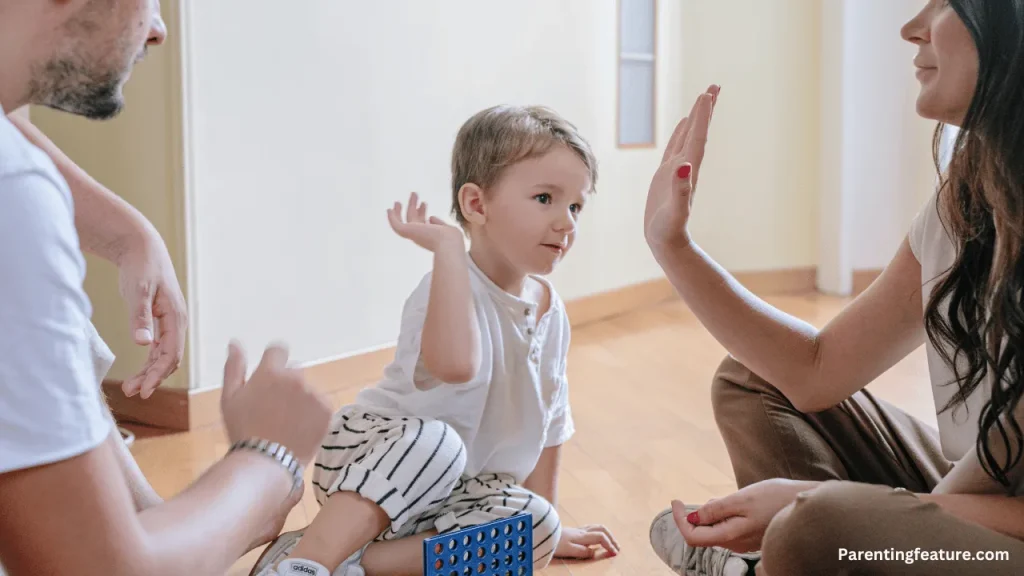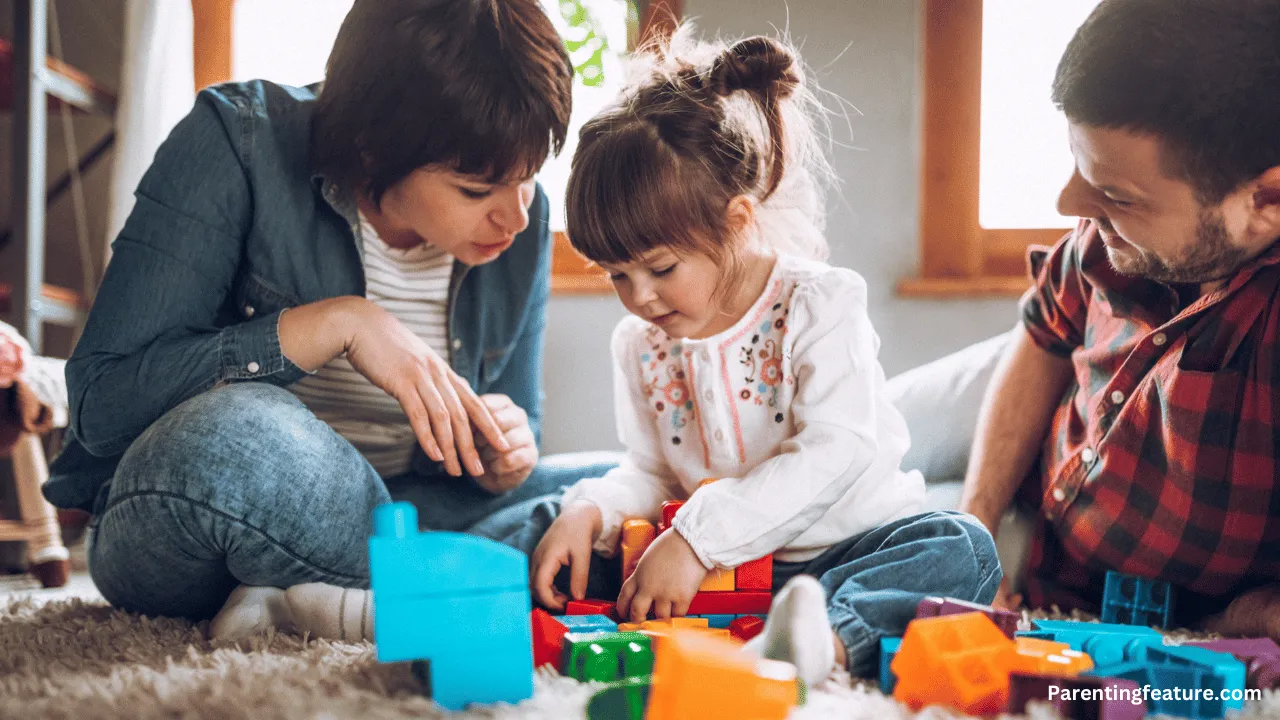In the world of parenting, numerous styles and philosophies vie for attention, each promising the most effective way to raise well-rounded, happy children.
Among these, gentle parenting stands out not just as a method but also as a philosophy that reshapes the way parents interact with their children.
Far from being a trend, it’s a timeless approach rooted in empathy, respect, understanding, and deep connection.
This comprehensive guide delves into the essence of gentle parenting, debunking myths, outlining benefits, and providing actionable strategies to foster a nurturing family environment.
What is Gentle Parenting?
At its core, gentle parenting seeks to cultivate a relationship with children characterized by mutual respect and understanding. It starkly contrasts authoritarian methods, focusing instead on guiding children through their emotions and actions with empathy and kindness.
This doesn’t equate to permissive parenting; gentle parenting involves setting clear, age-appropriate boundaries, but always with firmness and kindness.
The benefits of this approach are manifold, including stronger parent-child relationships, enhanced self-regulation in children, increased cooperation, and improved mental health outcomes.
Also read: Authoritative vs Gentle Parenting Explained

The Foundational Pillars of Gentle Parenting
The journey begins with empathy and understanding, pillars that require parents to view the world through their child’s eyes.
This perspective-taking helps recognize the child’s emotions and needs, considering their developmental stage. It’s about validating their feelings and showing them that their emotions are heard and understood.
Respecting Your Child
Children are individuals in their own right, with thoughts and feelings that deserve consideration. Respect in gentle parenting means acknowledging their perspectives and treating their opinions seriously. It’s a fundamental step towards building a relationship based on mutual respect.
Connection
The bond between a parent and child is irreplaceable. Gentle parenting strongly emphasizes nurturing this connection through quality time, play, and maintaining open lines of communication. It’s about being physically and emotionally present in your child’s life.
Communication
Effective communication is the linchpin of gentle parenting. It involves using cheerful, clear, and age-appropriate language. More importantly, it’s about explaining the ‘why’ behind rules and expectations, ensuring children understand the reasoning behind decisions.
Also read: Gentle Parenting Tips for Strong-Willed Kids
Positive Reinforcement
Focusing on and reinforcing positive behaviors is more beneficial than fixating on negatives—gentle parenting advocates for acknowledging and encouraging desired behaviors, which motivates children to repeat them.
Strategies for Gentle Discipline
Gentle discipline is about guiding rather than punishing. Strategies include redirection, natural and logical consequences, offering choices, problem-solving together, and opting for time-ins instead of time-outs.
These approaches aim to teach children about consequences, decision-making, and self-regulation, fostering a sense of responsibility and autonomy.
Challenges like tantrums, defiance, whining, and negotiating boundaries, especially around technology, can arise even in the most harmonious households.
Gentle parenting provides tools to address these issues, focusing on understanding the child’s perspective, clear communication, and setting respectful limits.
Beyond Gentle Parenting
An often overlooked aspect of gentle parenting is the importance of parental self-care. Parents must prioritize their mental and emotional well-being to engage effectively with their children. This ensures that reactions come from a place of love and understanding rather than burnout or frustration.
Sometimes, behaviors may signal deeper issues, such as emotional dysregulation or learning differences, which require professional intervention. Recognizing these signs and seeking help is a strength, not a failure, of gentle parenting.
Conclusion:
Gentle parenting is more than a set of principles; it’s a journey that emphasizes patience, understanding, and respect while fostering healthy boundaries. It redefines discipline as a teaching process that guides children through their development.
This journey is not about perfection but progress, allowing parents and children to grow together in a supportive, loving environment.
Embracing gentle parenting is an ongoing commitment to understanding and respecting children’s needs and emotions. It’s a path that encourages parents to reflect on their actions and continually strive for a deeper connection with their children.
By adopting gentle parenting practices, families can foster an environment where children feel valued, understood, and empowered to navigate the complexities of life with confidence and empathy.
FAQs
What exactly is gentle parenting?
Gentle parenting emphasizes empathy, respect, understanding, and connection. It focuses on guiding children through their development and behaviors with kindness and firmness, setting age-appropriate boundaries without punishment.
How does gentle parenting differ from permissive parenting?
While gentle parenting involves kindness and empathy, it is not synonymous with permissive parenting. Gentle parenting includes setting clear boundaries and expectations, unlike permissive parenting, which often lacks these structures. The critical difference is how boundaries and guidelines are communicated and enforced—gently and with understanding.
What are the main benefits of adopting gentle parenting?
Benefits include stronger parent-child relationships, improved children’s self-regulation, increased cooperation, and better mental health outcomes. Children raised with gentle parenting are often more empathetic, socially aware, and emotionally healthy.
Can gentle parenting effectively discipline children?
Yes, gentle parenting employs discipline strategies that teach and guide rather than punish. Techniques such as redirection, natural and logical consequences, offering choices, problem-solving, and time-ins help children learn from their behaviors and develop self-discipline.
How can I implement gentle parenting if I haven’t been doing so?
Start by practicing empathy, trying to see the world from your child’s perspective. Communicate openly, offering explanations for rules and decisions. Focus on building a solid emotional connection and use positive reinforcement to encourage good behavior. Be patient with yourself and your child as you make these adjustments.
What should I do if gentle parenting doesn’t seem to be working?
First, ensure consistency in your approach, as children thrive on consistency. Reflect on whether your boundaries and expectations are clear and age-appropriate. Consider whether there might be underlying issues affecting your child’s behavior. Seeking professional advice can also be beneficial.








